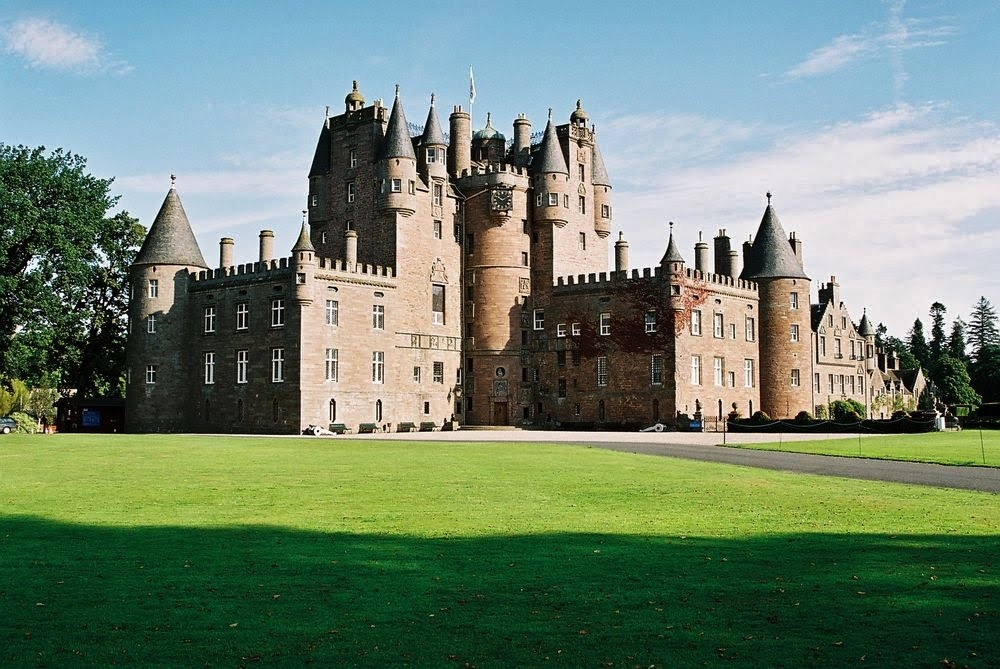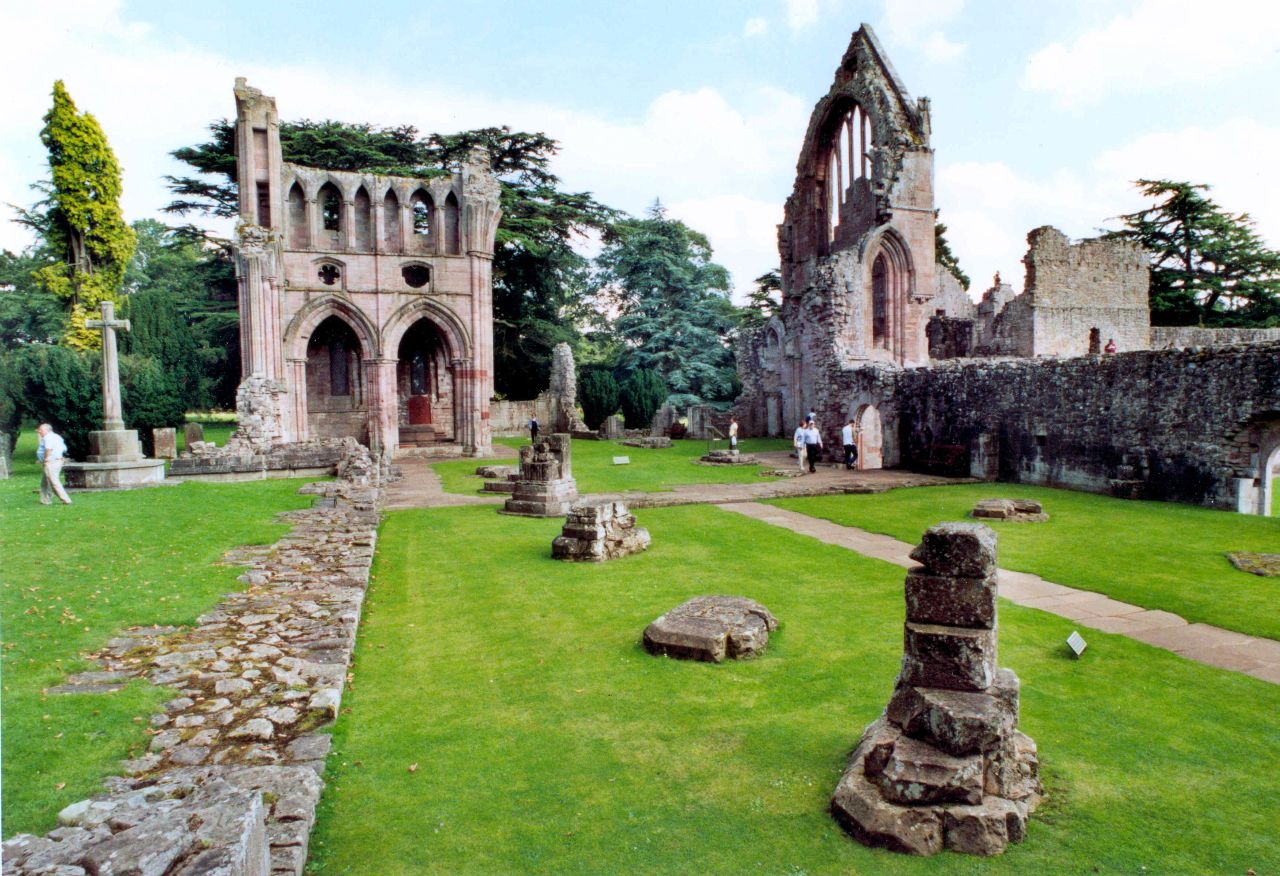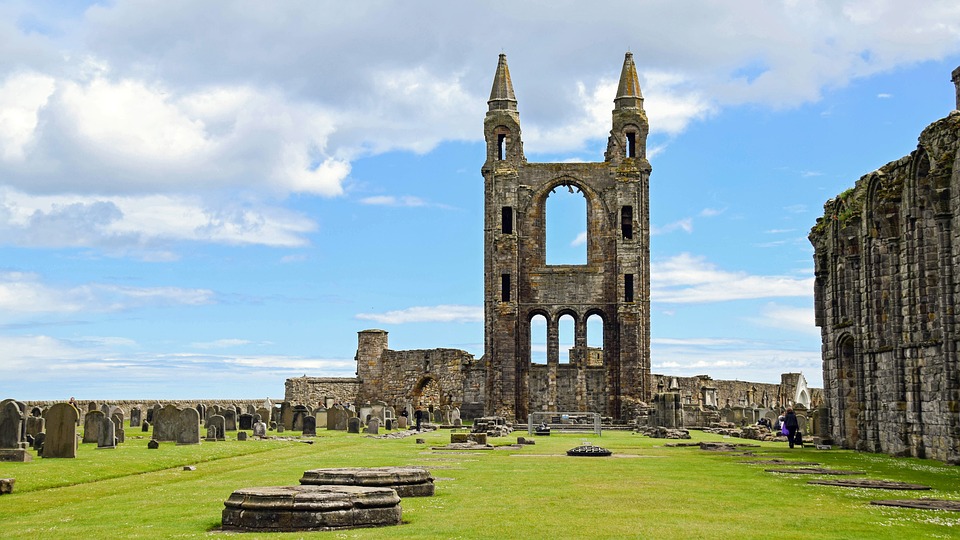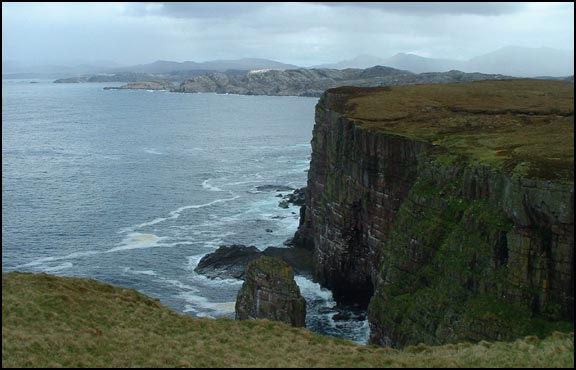Ireland & Scotland Luxury Tours 2018
Just a word of warning to all those thinking of visiting Ireland and Scotland in 2018. The hotels that we use at Ireland and Scotland Luxury Tours are not large. They are very carefully chosen for location , ambience , and authenticity. The better rooms with views can...






